Dongnimmun (Arc d'indépendance) (독립문)
10.7Km 2022-12-15
251, Tongil-ro, Seodaemun-gu, Seoul
Dongnimmun se trouve sur un site autrefois connu sous le nom de Yeongeun, où étaient reçus les envoyés. Lors de la visite d'un envoyé chinois, le roi passait par cette porte pour le saluer. Dongnimmun fut bâtie en 1897, afin de proclamer l'indépendance de la Corée vis-à-vis du Japon, de la Russie et de la Chine, qui ont influencé et menacé la Corée depuis longtemps.
La construction a été financée par les dons des citoyens coréens. Les traces du passé sont toujours visibles à Dongnimmun. Les deux piliers devant Dongnimmun sont des vestiges de Yeongeungmun.
La forme de Dongnimmun évoque celle de l'Arc de Triomphe en France. Dongnimmun a été construite au moyen d'un mur de granit, avec un passage de 14,28 m de haut. L'inscription "Dongnimmun" en coréen se trouve en haut du fronton, entourée des deux côtés par le drapeau coréen. Un escalier situé sur la partie intérieure gauche permet d'accéder à la partie supérieure. Des fleurs nationales Mugunghwa sont plantées tout autour de la porte. A présent, des routes passent tout autour, et la porte attire le regard de tous les passants.
COCKTAIL&DREAM (칵테일앤드림)
10.7Km 2021-03-30
329, Sillim-ro, Gwanak-gu, Seoul
+82-2-873-7475
It has a large hall, so it is a good place for group dining. This Western dishes restaurant is located in Gwanak-gu, Seoul. The representative menu is cocktail.
The Hyusik Aneuk Hotel - Sinchon (더휴식 아늑호텔 신촌점)
10.7Km 2025-05-07
49, Yonsei-ro 2-gil, Seodaemun-gu, Seoul
The Hyusik Aneuk Hotel - Sinchon accueille ses clients dans un intérieur soigné et moderne. Chaque chambre est aménagéeavec soin pour offrir un confort optimal, permettant aux voyageurs de se sentir comme chez eux. Les lits moelleux et la douche à jet tonique, soulagent la fatigue accumulée au cours de la journée et offrent un moment de repos idéal.
L'établissement propose les chambres suivante : Standard Room, Music Room avec enceintes haut de gamme, Multi Room, avec console PlayStation 4, 2 PC Room, équipée de deux PC gaming haut de gamme, Creative Illust Room, avec tablette pour illustration numérique, Creative Piano Room, avec piano portable, Business Room, avec bureau de travail.
Ara thérapie (아라테라피)
10.7Km 2016-11-02
11-1 Baekbeom-ro Mapo-gu Seoul
+82-2-711-1176
Ara thérapie est la salle de massage qui est situé à Sinchon vous offre un service à un prix raisonnable. Vous pouvez venir en couple, entre amis ou en famille pour vous reposer sous une atmosphère paisible. Du thé gratuit vous est offert et la musique classique de la salle vous aidera à vous échapper du stress du quotidien.
Samchonne 2ho (삼촌네2호점)
10.7Km 2021-04-06
12, Sillim-ro 59-gil, Gwanak-gu, Seoul
+82-2-876-7704
This is a Sundae stir-fried restaurant with long tradition, located at Sundae Town near Sillim Station. This Korean dishes restaurant is located in Gwanak-gu, Seoul. The most famous menu is blood sausage.
Heungbu Bossam (흥부보쌈)
10.7Km 2021-03-30
15-13, Sillim-ro 59-gil, Gwanak-gu, Seoul
+82-2-888-9464
It's a great place to hold group dining and gathering. This Korean dishes restaurant is located in Gwanak-gu, Seoul. The most famous menu is napa wraps with pork.
Mont Mangusan (Séoul) (망우산(서울))
10.7Km 2021-03-10
San 69-1, Mangu-dong, Jungnang-gu, Seoul
+82-2-2094-2395
Le mont Mangusan s’étend sur les quartiers Mangu-dong et Myeonmok-dong à Séoul, mais aussi sur la ville de Guri-si dans la province Gyeonggi-do. Il se situe à 281,7 mètres au dessus du niveau de la mer. Il existe dans la montagne un cimetière, qui a été désigné comme cimetière publique en 1933. Depuis cette nomination, beaucoup de gens célèbres reposent dans cet endroit avec notamment l’auteur pour la littérature de jeunesse, Bang Jeong-hwan (Sopa de son nom de plume), les indépendantistes Oh Se-chang et Han Yong-un, mais aussi Ji Seok-young qui fut un célèbre linguiste et chercheur en vaccins en Corée.
Le mont dispose d’un parc doté d’une longue route de randonnée d’une longueur de 5,2 km appelée “la route de la pensée”. Le parc est reconnu pour ses verturs revigorantes et pour la pureté de son eau.
Palsaek Samgyeopsal(팔색삼겹살)
10.7Km 2020-11-26
18 Baekbeom-ro Mapo-gu Seoul
+82-2-719-4848
This is a place where you can eat grilled pork belly with 8 special sauces. This Korean dishes restaurant is located in Mapo-gu, Seoul. The representative menu is grilled pork belly.
Homilbat (호밀밭)
10.8Km 2021-03-30
43, Sinchonnyeok-ro, Seodaemun-gu, Seoul
+82-2-392-5345
You can enjoy Korea’s signature summer staple Patbingsu (shaved ice with sweet red beans). This cafe is located in Seodaemun-gu, Seoul. The most famous menu is shaved ice with red bean topping.
Jinine Tteokbokki (진이네떡볶이)
10.8Km 2021-03-29
19, Dongnam-ro 71-gil, Gangdong-gu, Seoul
+82-2-481-2585
You can enjoy Tteokbokki, Korea's representative street food. This restaurant's signature menu is stir-fried rice cake. This Korean dishes restaurant is located in Gangdong-gu, Seoul.

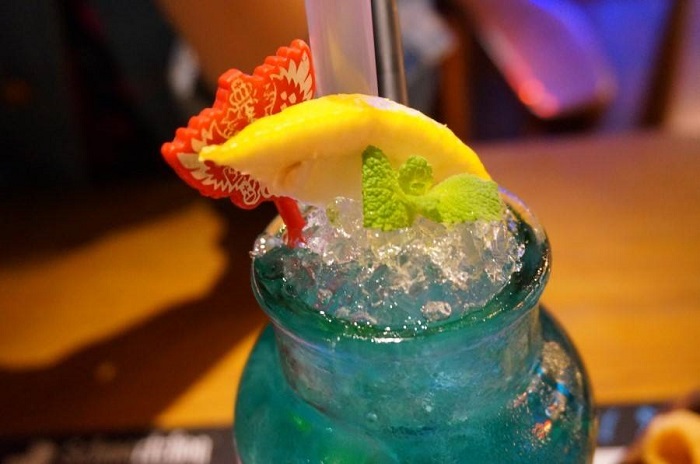
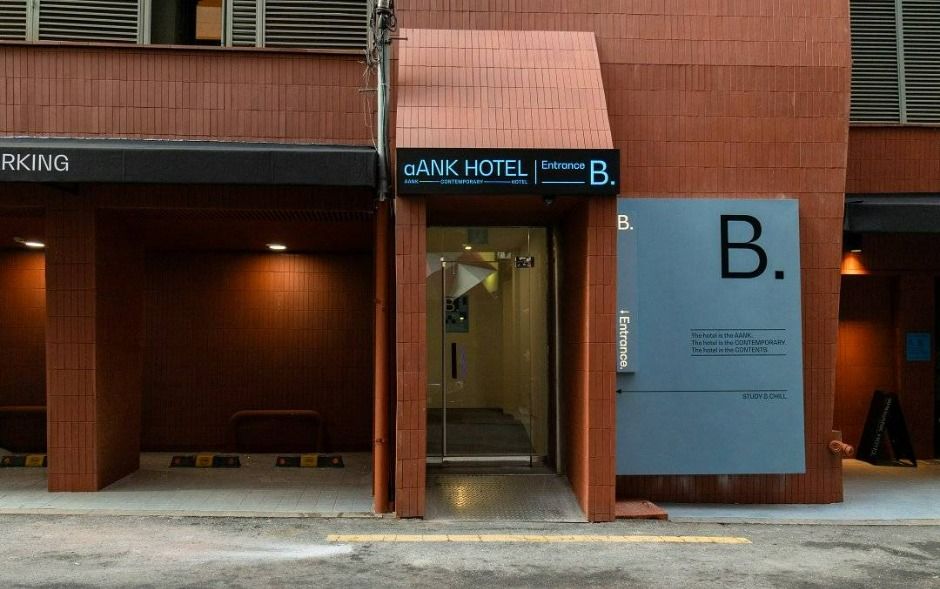
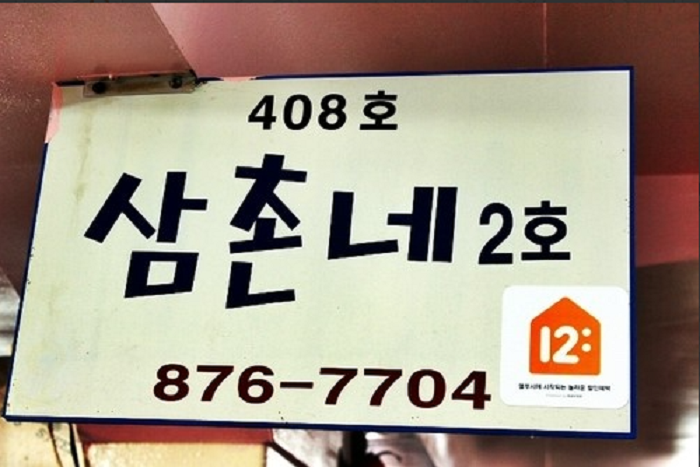
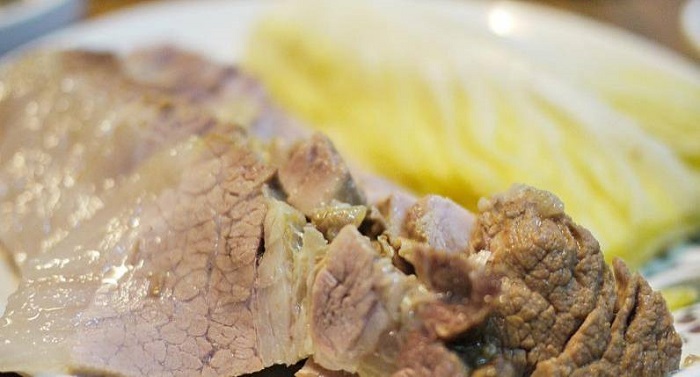
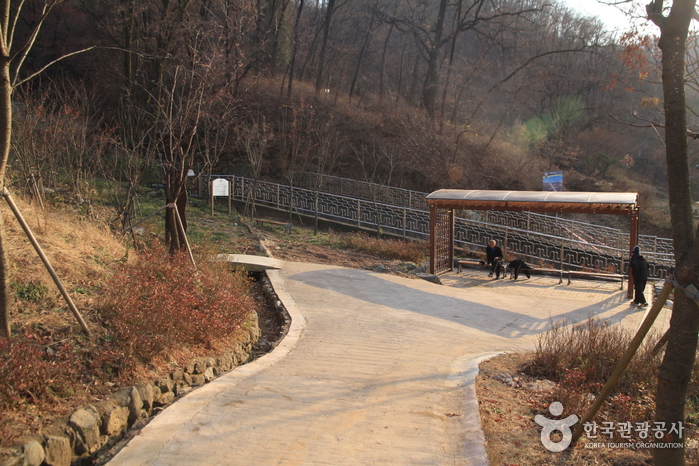
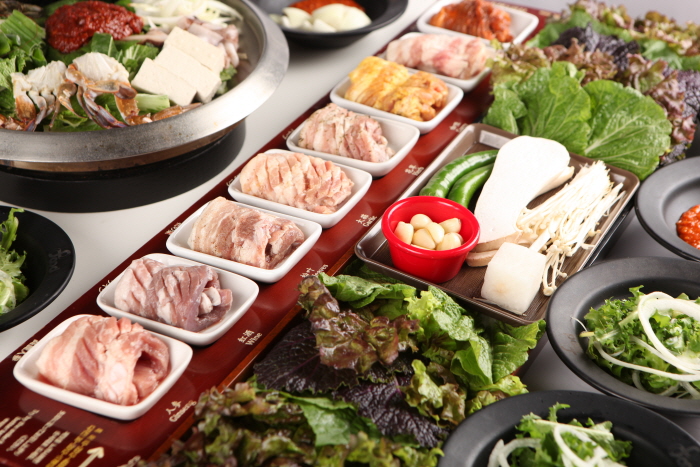
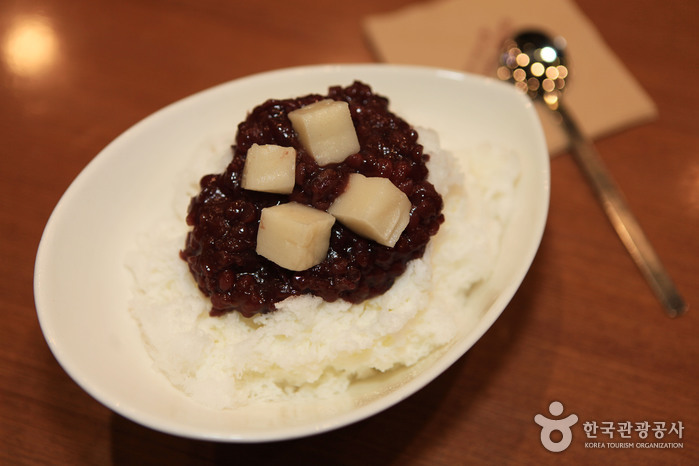
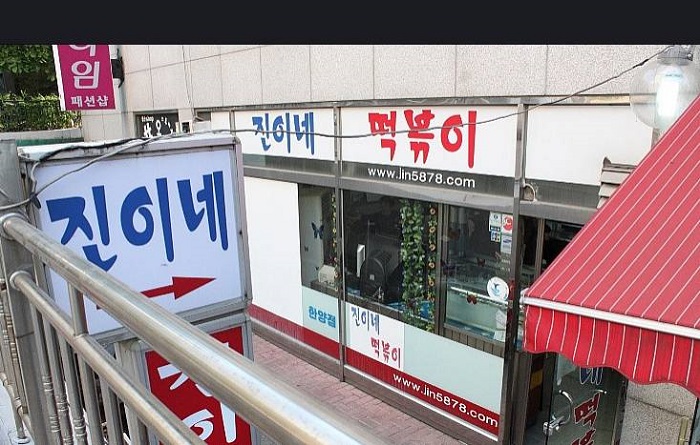
 Français
Français
 한국어
한국어 English
English 日本語
日本語 中文(简体)
中文(简体) Deutsch
Deutsch Español
Español Русский
Русский